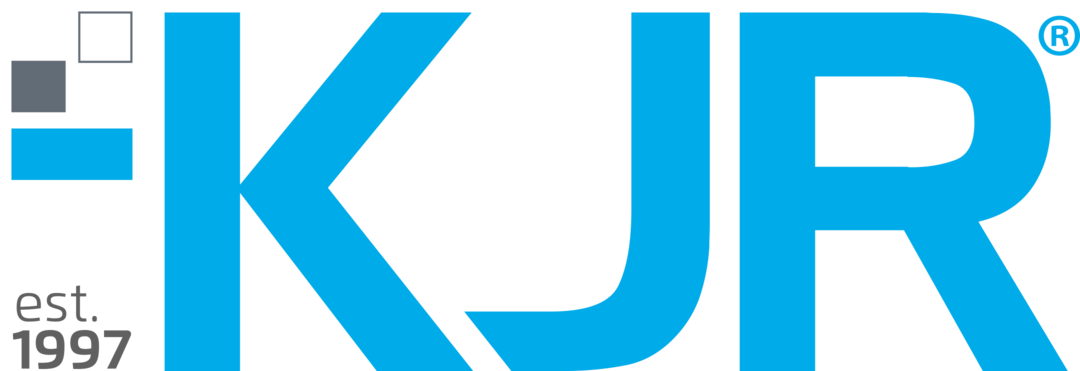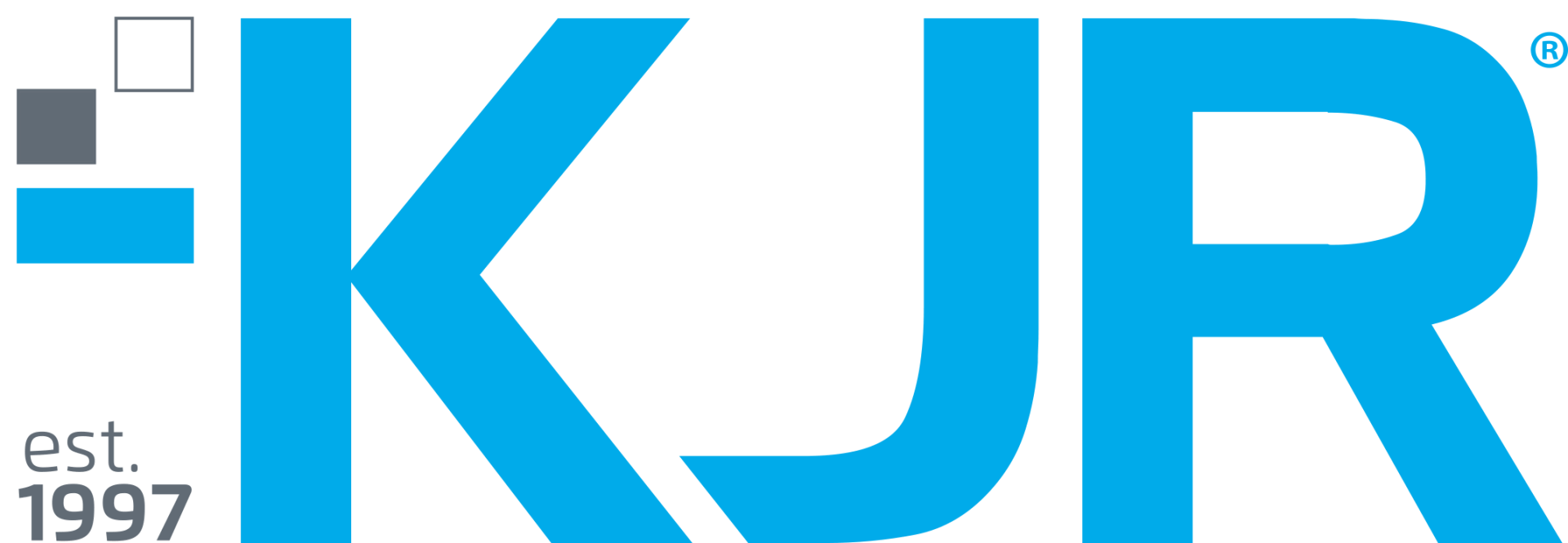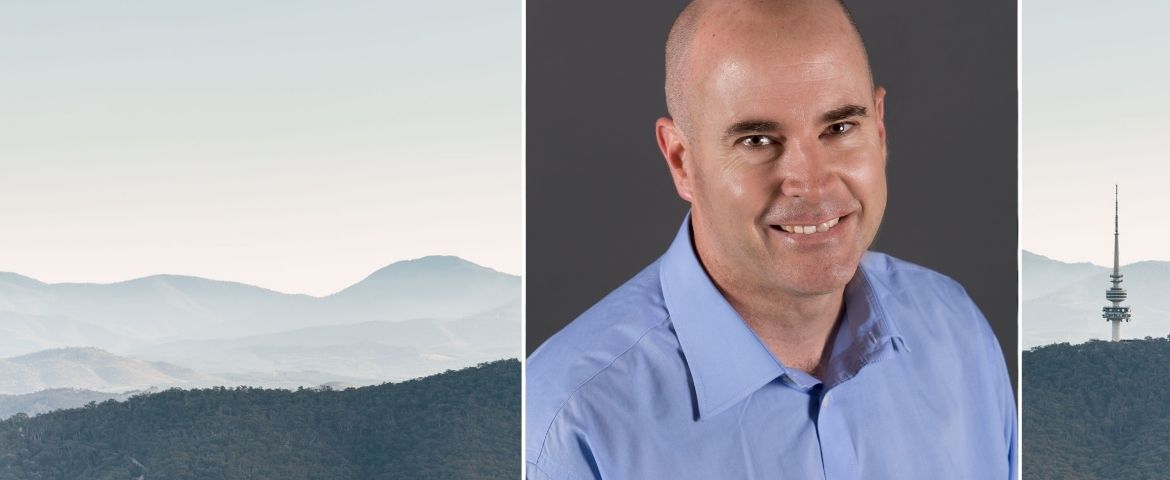Our Industry Allies: Andrew McKune, Associate Professor of Exercise Science at University of Canberra
Andrew McKune’s background in stress physiology led to a working relationship with KJR on the development of FatigueM8, a smart steering wheel technology. FatigueM8 has been designed to assess long-haul truck drivers heart rate variability in order to detect and predict fatigue allowing them to proactively manage their fatigue throughout their drive.
With almost 20 years in academia behind him, and 8 years of experience researching heart rate variability, Andrew’s commitment to rigorous testing and the continual questioning of data makes him a powerful ally in the development of research to demonstrate the efficacy of fatigue aids.
Andrew is also interested in how this technology has the potential for further reaching applications, not just to measure fatigue, but as a tool that can be used as a holistic approach to driver health and wellbeing.
Andrew talks to KJR about his love of science, how he became involved with FatigueM8, and why he believes it’s important to use science to develop solutions to real-world problems. This sentiment is echoed in his advice to future scientists; “engage with the community you want to work with. That’s the way you’re going to make an impact.”
KJR: From a glance at your LinkedIn profile, people might be wondering why KJR considers you an industry ally! As an Associate Professor in Exercise Science, can you tell us a little bit about how technology fits into that world?
Andrew: I was contacted by Andrew Hammond (KJR GM) over a year ago. He was reading a research paper as part of his background reading for more development of the system that we’re working with and my name was there as one of the reviewers.
I’m an Associate Professor of Exercise Science but my main background is looking at stress physiology. That’s my main interest, and heart rate variability is a way of monitoring the stress response, which I’ve used since 2012 to monitor training in athletes. Athletes who are training too hard – their physiology starts to drain, their performance deteriorates, they get excessive fatigue, they lose strength, and they don’t perform well. Heart rate variability is just a really unique, practical method to monitor the stress response in these athletes. Now Andrew [Hammond] is using heart rate variability to monitor fatigue in truck drivers.
KJR: Was there a moment in time or a particular decision that led you down the career path you’re on today?
The first people that I met that just made me love science were two professors (Professor Pat Scott and Professor Jack Charteris) at Rhodes University, Makhanda (formerly Grahamstown) in South Africa. I ended up doing my Honours degree in Human Movement Studies with them as my mentors. I was the only Honours student to arrive. There were 12 other students from my third year who were supposed to come for Honours in 1993. I remember driving with my parents down the streets of Makhanda and we saw these two professors. They said, “Andrew, I don’t know if you’ve heard, but you’re the only Honours student. None of your other classmates are coming, and we’re not too sure whether you want to continue with your Honours.”
I did. And Honours that year was just me sitting in their offices talking about science. They were the people that stimulated my love for science. I’ve just continued researching ever since, using their philosophy towards the understanding of human movement as a guide.
KJR: You’re working with some of the KJR team on the FatigueM8 initiative through Augmented Intelligence. What role do you play there, and how did you come to be a part of the FatigueM8 team?
Andrew: My main role at the moment is as academic mentor for Katie Speer, who has an Australian Post-Graduate Research internship, and so will be interning with Andrew [Hammond] as her industry supervisor. Katie has already been working with me for the past four years, and the main methodology that she’s becoming an expert in is heart rate variability.
I also work with Andrew [Hammond] and Katie to see how the research that he has already been doing – a lot of pilot work – can be formalised and how we can develop a research study that stands up in terms of the science, and actually provide some really unique rigorous information with regards to the benefits of fatigue for predicting fatigue and actually protecting the drivers.
KJR: FatigueM8 is an important project that aims to reduce fatigue related accidents in long haul truck drivers. How does your experience contribute to the development of this?
Andrew: Heart rate variability has been around for many years, but it was always the domain of scientists and research labs using ECG with calculations performed by hand basically. Thankfully, these days, there are devices and software that make calculating heart rate variability less onerous.
Heart rate variability entails measuring the time between beats obtained from an ECG trace. Your resting heart rate might be 60 beats per minute, and heart rate variability is an indication of how we get to the 60 beats per minute. We could get there if the time between beats was very consistent, that would be considered poor heart rate variability. If you’ve got a high heart rate variability, the time between beats varies. Between the first two beats, it might be 600 milliseconds and then between the next two beats it might be 1,200 milliseconds. In 2011, 2012, I spent my time trying to work out what are the best ways in terms of making this a practical measure, because it’s a very good marker of stress. Research has started to show that changes in heart rate variability are associated with fatigue and concentration and this is why Katie and I are involved as we need to determine the best way to measure heart rate variability during truck driving and to determine the association with fatigue across a shift.
I’m still testing heart rate variability after eight years, and if it doesn’t work out, we move onto the next thing. But I want to do it properly. Everything needs to be done correctly and the same with a fatigue aid system as well. If it doesn’t work, we’re going to have to find something else. At the moment, there is a rationale for using it, and so we need to test that appropriately.
KJR: What are some of the key elements used in the development of the Smart Steering Wheel, and what challenges do they present?
Andrew: There are different ways in which we can interpret values. The signal that you’re getting is very important, and there are also different devices. There are devices you can put on your forearm, chest, wrist or finger-based devices.
These methods all use photoplethysmography. This is an optical technique that is used to detect volumetric changes in blood in peripheral circulation, in this instance, the skin capillaries. There can be a certain amount of error in these methods.
KJR: And what impact do you expect FatigueM8 could have on driver fatigue?
Andrew: I think the first thing that we need to do is to measure and provide guidance with regards to fitness and health. If you’re going to have that system built in there, it’s important that we consider the truck driver’s physical and psychological condition too as these can impact on the heart rate variability measures that we obtain.
If you think of a shift worker coming in – you’ve had this terrible morning, but still need to go do your shift, you’ve already got this stress response. Your heart rate variability is already poor, and the higher your heart rate variability, the better things are for you essentially. You’re able to make better choices, make better decisions, your reaction time is going to be better and you’re going to be calmer when experiencing stress.
It’ll be an education for each of the drivers in terms of discussing what their heart rate variability’s measure means in relation to fatigue, but also in terms of their general health and wellness which is impacted by the environment and the choices they make outside of driving. I think that it will be important for the FatigueM8 system to also be provided hand-in-hand with education about the environmental factors that can impact heart rate variability and fatigue, such as diet, physical fitness, sleep and stress.
With regards to the Smart Steering system – the reading that we’re getting needs to be of ECG quality, and from what I’ve heard with the developments, it is very close to ECG quality. I’ll be happy with that in terms of the validity and the reproducibility of the signal that we’re getting.
KJR: As with any prototype that responds or makes judgements on the human condition, there is ultimately no room for error – how does quality assurance apply to the FatigueM8 development?
Andrew: The interesting thing around heart rate variability is that within an individual, heart rate variability can vary day to day. One of my research studies was looking at fairly fit, physically active, exercise science students. We measured their heart rate variability at the same time of day over four days to see, its daily variability. And it can vary up to 30%, which is an incredible amount.
By the time you get to an elite athlete level and they’re peaking for competition, that day to day variability can drop down to between four and eight percent. The better condition that you get into, the better your heart rate variability day to day response.
We can use this heart rate variability understanding specifically with the truck drivers because we need to know what their physical condition is like. We’ll be looking at their body composition, their fitness levels, and a whole bunch of other variables which will help us get an idea of why their heart rate variability is responding like it is. This will help explain some of the variance that we might see other than just the variance in relation to the stressors that they’ve experienced while they’re driving.
KJR: In your world, what trends or new ideas are you seeing that surprises or excites you?
Andrew: Something that excites me I initially heard about from a TED Talk. It was a researcher, Professor Dina Katabi, from MIT in the States, and she presented on how we can measure individual physiological responses, such as breathing and heart rate, just using a low-power radio-frequency signal. I thought, “What is this? This is amazing. How can you do that?”
It excited me so much because I do a lot of research with mental illness. I’ve spent time observing people in mental health units at hospitals and looking at their movement patterns. You’ve got individuals who already have mood or behavioural issues, and then their movement patterns are impacted, and some get more stressed when certain people move towards them. It would be amazing to be able to measure the physiology of these patients to predict when the mood or behaviour might change based on the interactions they’re having, as well as the impact on their mood and changes in medication without having to touch or put any wearables on them, because every couple of hours they get their blood pressure measured, heart rate, temperature taken, medications handed out. You don’t want to have any more medicalisation. This is what excited me about this presentation.
KJR: There’s probably no such thing as an average day, but what does a really good day at work look like for you?
Andrew: The best days are when I can talk to students and not just lecture to them. Wednesday is my best day – that’s the day when every hour essentially it’s a new Ph.D student. There are all these different projects, different personalities, but all of them are interested in science. The good day is talking about science with post grad students who are inspired by science and who are basically the future of this country in terms of the scientists coming through.
KJR: How has COVID-19 impacted you and your work?
Things generally work out. Even though, at the moment, it seems difficult, things will work out, even with COVID. It just takes some time. It’s an exciting place to be doing research in this time because we’re trying to identify the ways in which we can do research that’s still meaningful but in a different way. When research was shut down here, and it was shut down for many of our post grad students at the University of Canberra, we had to come up with alternative research projects that were still meaningful, that still taught them about science, but in the end, had practical applications for the populations and cohorts we were working with.
KJR: What are your interests outside of your research?
I’m a dance dad. I’ve got three daughters. Two of them dance a lot. I spend a lot of time watching dancing, so that would be a hobby. Then the other daughter is a runner. She does long distance running, so I do quite a lot of trail running with her – I try to get out into nature. Then just watching Netflix and eating chocolate with my wife. It’s hard to get away from Netflix – it goes very quickly onto the next episode!
KJR: In general, what is your advice for anyone who is wanting to break ground in Health Science?
Make a good contribution. There’s lots of information out there about mentors and choosing the right mentor, but the only difference between me and those students is that I just might have read a bit more for now.
That’s the issue with scientists not being connected with what’s happening in the real world, in terms of real-world problems we need to solve. That’s a little bit of a generalisation, but you can have that situation where you’re not connected with what’s happening out there with people. Make sure that you’re engaging appropriately with the cohort or population that you want to work with.









